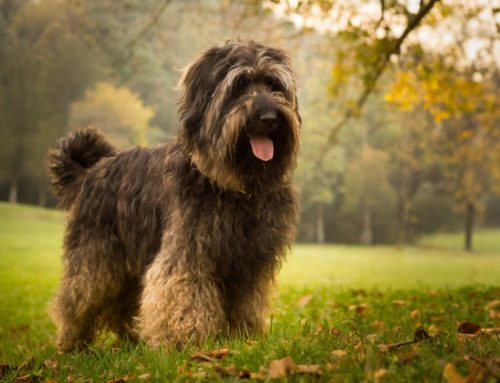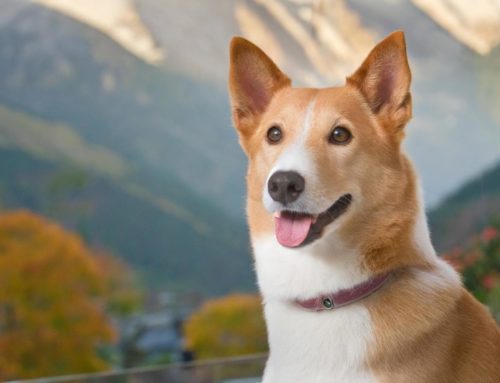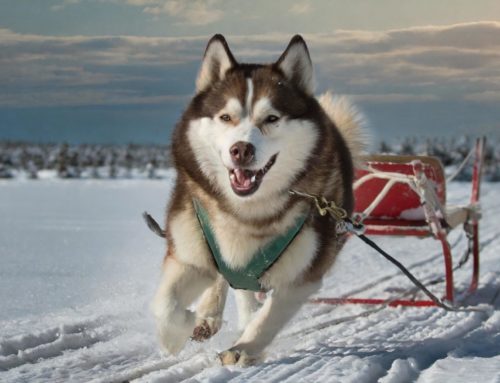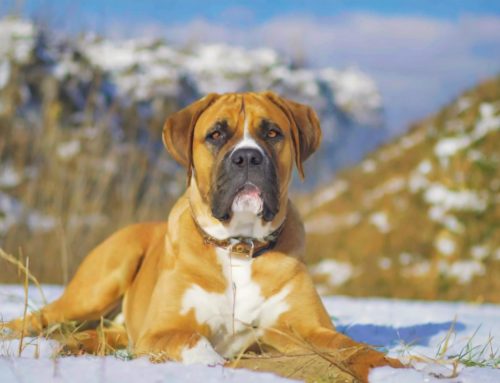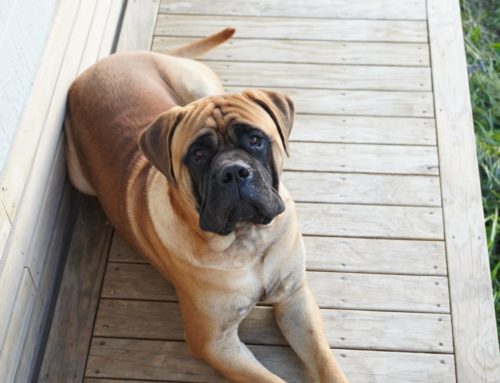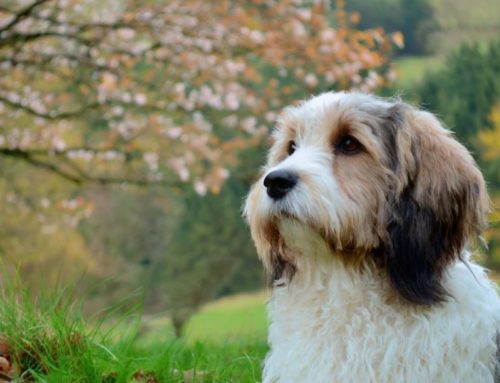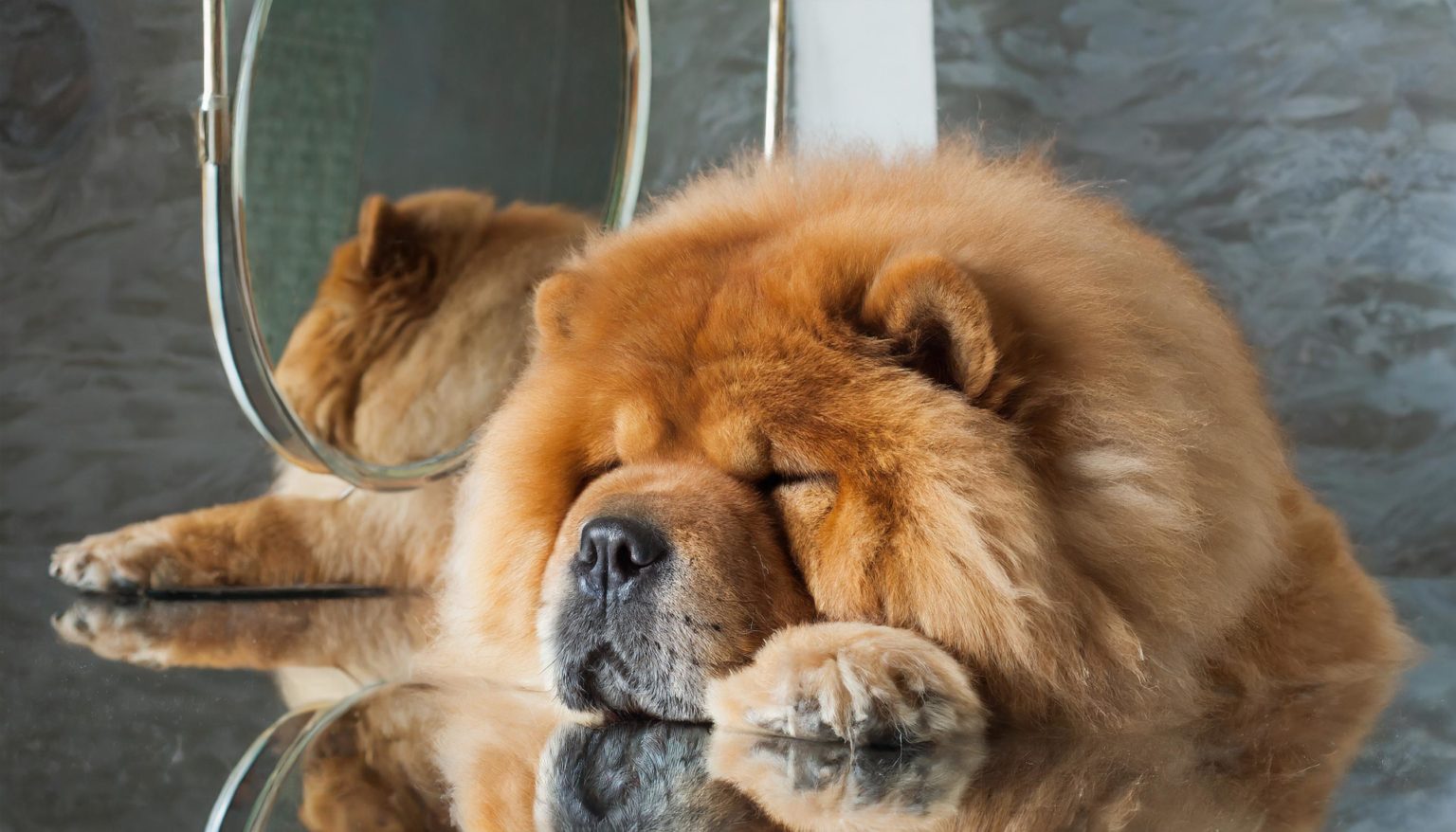
The Chow Chow, one of the oldest dog breeds in the world, has a rich history dating back to ancient China. This majestic breed, often recognised by its lion-like appearance and unique blue tongue, has fulfilled various roles over the centuries, from guard dog to hunting dog.
The name Chow Chow is believed to come from pidgin English, a term used in the 18th century to describe various goods from the East, but the exact origin of the Chinese word for the breed is less clear. Some Chow Chows showed a strong hunting instinct, used for hunting big game, while others were valued for their ability to guard home and hearth.
Despite their capacity for work, Chow Chows are generally calm dogs that do not need excessive exercise, but do need regular, moderate activity to stay healthy. Throughout history, Chow Chows were selected by good breeders for both their physical characteristics and temperament, with a calm and loyal nature considered essential.
Although most dogs of this breed get along well with cats and other pets, early socialisation is crucial. The characteristic feature of the Chow Chow, besides its striking appearance, is its independent spirit, which can sometimes be seen as a sign of intelligence.
FCI Group 5 Spitz and primitive types
The Chow Chow is a dog breed that belongs to FCI Group 5, which includes Spitz and primitive types This breed is known for its unique physical characteristics, including a lion-like mane, a distinctive blue-black tongue, and a proud, somewhat aloof demeanour.
Chow Chows have a powerful build and a dense double coat that can range from smooth to wire-haired, and come in a variety of colours such as red, black, blue, fawn, cream and fawn. Historically, Chow Chows were used as hunting dogs, guard dogs, and even for pulling sleds, demonstrating their versatility and adaptability.
Their strong loyalty and protective nature make them excellent guard dogs, although they are also known for their independence and reticence towards strangers. Within FCI Group 5, the Chow Chow represents the characteristics of spitz types with its compact size, sturdy build, and lively expression.
Coat and appearance
The Chow Chow is a dog that stands out among other dog breeds. Originating from Manchuria and known by the name “lion dog”, this loyal four-legged dog is valued as both a companion dog and a watchdog. The Chow Chow is one of the oldest dog breeds in the world, with a history dating back to the Chinese Empire.
The Chow Chow has an impressively thick coat that comes in two varieties: long-haired and short-haired. Both types require regular grooming to prevent tangles, with recommendations to brush at least two to three times a week, and sometimes even a monthly bath with mild dog shampoo.
This grooming is crucial, especially for the long-haired variety with its dense undercoat that is soft and woolly to the touch.
With a shoulder height that reveals a compact but strong and muscular build, Chow Chows show a special character that can be loyal, affectionate, but also stubborn. Their unique blue tongue and deep eyelids, which sometimes give rise to health problems such as entropion, make them unmistakable.
Hereditary diseases and disorders in the Chow Chow
The Chow Chow, is prone to certain hereditary diseases and conditions that potential owners should consider.
Some of the most common health problems in this breed are:
- Hip dysplasia: A condition common in medium to large dog breeds, where the hip joint does not fit correctly into the hip socket, which can cause pain and arthritis.
- Elbow dysplasia: Similar to hip dysplasia, but concerning the elbow joint, can lead to lameness and discomfort.
- Entropion: An eyelid problem where the eyelid rolls inwards, which can cause irritation or damage to the eye surface.
- Skin problems: Chow Chows can be prone to various skin problems, including hot spots and allergies, due to their thick coat.
- Autoimmune diseases: The breed can be prone to certain autoimmune diseases that can affect different parts of the body.
Difference between the two Chow-chow.
A breed with a rich history and an unmistakable appearance, the Chow Chow has mainly two different coat varieties: the long-haired (also known as the ‘Rough’) and the short-haired (the ‘Smooth’).
Long-haired Chow Chows have a lush, dense double coat that forms an impressive mane around their head and neck, often compared to the look of a lion. Their thick undercoat is soft and woolly, while the top coat is long and straight, requiring regular grooming to prevent tangles and mats. This variety is particularly notable for the fullness of its coat and its imposing collar.
Shorthaired Chow Chows, on the other hand, have a smooth, short coat that requires much less maintenance than their long-haired counterparts. The fur lies close to the body, making grooming easier. While they may not have the lush ‘mane’ of the long-haired variety, they still possess the distinctive blue tongue and proud attitude that are so characteristic of the breed.
The character of the Chow chow
The Chow Chow, with its striking appearance and noble attitude, is a breed that originated in ancient China, where it was valued as a versatile working dog, from guarding property to accompanying the Chinese emperor. This oldest of dog breeds is known for its unique blue tongue, dense coat and lion-like mane, especially in the wire-haired Chow Chow.
The Chow Chow is a compact dog known for its independent and sometimes aloof nature. Despite their calm and dignified temperament, Chow Chows need consistent training and good socialisation from a young age, especially as some individuals can be reserved or even aggressive towards strangers and other pets.

The Care of the Chow Chow
The care of the Chow Chow requires specific attention due to its unique physical characteristics. The most prominent aspect of their grooming is coat care. Chow Chows have a thick double coat that needs regular brushing to prevent tangles and the accumulation of dead hairs.
This is especially important for the long-haired variety, where brushing two to three times a week is recommended. The short-haired Chow Chow also needs regular grooming, but it is usually less intensive.
Besides coat care, it is important to keep the Chow Chow’s unique blue tongue clean and healthy. Regular dental care helps prevent dental problems, which are more common in this breed. Exercise is an essential part of grooming for a Chow Chow. Although they are known to be relatively quiet dogs, they need daily walks to stay fit and healthy.
It is also a good opportunity for socialisation, which is crucial for this breed to avoid excessive restraint or aggression towards strangers and other animals.
Socialisation and upbringing of the Chow chow
Socialisation and education of the Chow Chow are crucial aspects of their care, given the independent and sometimes reserved nature of this breed. Early socialisation is essential to ensure that the Chow Chow grows into a balanced and confident adult.
This includes exposure to different people, animals, environments and situations from an early age, helping the dog learn to cope with new experiences in a positive way.
Raising a Chow Chow requires a consistent and patient approach. This breed is known for its stubbornness, which can make training challenging at times. Positive reinforcement techniques, such as rewards and praise, are effective in promoting desired behaviour.
It is important to set boundaries and enforce them consistently to develop respect and understanding between the dog and the owner. Although the Chow Chow can form a strong bond with its family, it can be reserved towards strangers.
Good socialisation helps prevent excessive reticence or defensiveness. Exercise and mental stimulation are also important for this breed, not only for their physical health but also to prevent boredom and destructive behaviour.
How much experience does a Chow chow require
Owning a Chow Chow can be challenging for both experienced and inexperienced dog owners, mainly because of the breed’s unique character and specific grooming needs. For experienced dog owners, the Chow Chow can be a rewarding addition to the family, provided they understand the breed’s independence and reticence towards strangers.
These owners are often better equipped to provide consistent training and socialisation that are crucial to developing a well-mannered dog.
Inexperienced dog owners should be aware of the time and dedication required to raise a Chow Chow properly. The breed requires an owner willing to learn about and meet their specific needs, including regular coat care, daily exercise and positive, consistent training techniques.
Inexperienced owners may benefit from seeking guidance and support from experienced breeders, dog trainers or breed associations.
Is training necessary?
Training is absolutely necessary for the Chow Chow, given their independent nature and strong personality.
This breed is known for its stubbornness, which can result in a dog that presents challenges in obedience and socialisation without proper guidance. Early and consistent training helps establish clear communication and respect between the dog and its owner, which is essential for a harmonious relationship.
Positive reinforcement, patience and consistency are keywords when training a Chow Chow. This breed responds well to rewards and praise, encouraging the learning of basic commands and good behaviour. It is also crucial to socialise the Chow Chow from an early age with different people, animals and environments to help them develop into balanced adult dogs.
Given their historical role as guard dogs, Chow Chows have a natural vigilance that can be well managed with training, preventing unwanted aggressive or reserved behaviour towards strangers and other animals.
How much exercise does a Chow chow need?
The Chow Chow, has a moderate need for daily exercise to stay healthy and happy. On average, this breed needs about 30 to 60 minutes of physical activity per day. This activity can include walks on leash, free time in a securely fenced yard, or play sessions that are both physically and mentally stimulating.
Although the Chow Chow is not known as a particularly energetic breed, regular exercise is crucial to prevent obesity and to keep their muscles and joints healthy. This is especially important given the breed’s propensity for health problems such as hip and elbow dysplasia.
In addition to the physical health benefits, daily exercise also provides a good opportunity for social interaction and training, contributing to the Chow Chow’s overall well-being. However, it is important to exercise caution during hot or humid weather conditions, as their thick coat makes them more susceptible to overheating.

What is its interaction with children like?
The Chow Chow is known for its dignified and independent nature, which can affect its interaction with children. However, with proper socialisation and training, a Chow Chow can be a loyal and protective companion for families.
It is essential that children learn how to treat the dog respectfully and gently, especially as Chow Chows value their personal space and do not like rough play. These dogs get along well with older children who understand how to treat animals in a calm and respectful manner.
Younger children should always be supervised when interacting with the Chow Chow to ensure that both the dog and the child are safe and comfortable. Socialisation of the Chow Chow from an early age is crucial to foster positive experiences with children and other pets.
A well-socialised Chow Chow that is used to dealing with children is more likely to be patient and tolerant. Nevertheless, it is important to remember that each dog is unique, and personality and behaviour may vary.
Benefits of a Chow chow
- Loyal and Protective: Chow Chows are known for their deep loyalty to their family. They are naturally watchful and can be excellent guard dogs.
- Independent: This breed is known for its independent nature, which means they can be fine alone without displaying destructive behaviour.
- Little Care: Despite their thick coat, Chow Chows require relatively little grooming, especially the short-haired variety. However, regular brushing is essential to prevent tangles.
- Adaptable: They adapt well to different living environments, including flats, as long as they get enough exercise.
Disadvantages of a Chow chow
- Reluctant towards Strangers: Chow Chows can be reserved or aloof towards people they don’t know, which can be challenging in social situations.
- Training and Socialisation: Their independent and sometimes stubborn nature requires patient and consistent training and early socialisation.
- Health problems: The breed is prone to certain health problems, such as hip and elbow dysplasia, as well as eye conditions.
- Heat sensitivity: Their thick coat makes them prone to overheating, especially in hot climates.
How old does a Chow chow get
The Chow Chow has an average life expectancy that ranges from about 8 to 12 years.
As with other dog breeds, the lifespan of an individual Chow Chow can be affected by several factors, including genetics, lifestyle, nutrition and the quality of veterinary care.
Price of a Chow chow
The price for Chow Chow puppies in the US generally spans from $1,200 to $2,000. Nonetheless, various factors can influence the final cost:
- Breeder’s Reputation: Puppies from breeders known for their champion bloodlines command higher prices.
- Pedigree: Chow Chows with registration papers from the American Kennel Club (AKC) are pricier than those without.
- Geographical Location: Expect to pay more in regions with a higher living cost.
- Age: Puppies are usually more expensive compared to adult Chow Chows.
- Coat Color: Uncommon colors like solid black or cream may significantly increase the price.
Cost Overview:
- Standard Range: $1,200 – $2,000
- Premium Range: $2,000 – $4,000 for show-quality puppies or those with rare coat colors
Alternative Breeds:
For those captivated by the Chow Chow’s distinct look but considering other options, here are some breeds to explore:
- Akita: Shares the Chow Chow’s loyalty and independence but is typically larger, with a double coat.
- Samoyed: Known for its friendly demeanor, thick white coat, and charming “smile.”
- Shiba Inu: Offers a smaller, more playful alternative with a curled tail and fox-like appearance.
- Eurasier: A blend of Chow Chow, Samoyed, and Spitz, recognized for its calmness and intelligence.
These alternatives might offer a broader range of breeders and potentially more affordable options.
Additional Advice:
- Conduct Thorough Research: Confirm that a Chow Chow’s character and care requirements match your lifestyle.
- Visit the Breeder: Seeing the breeding environment and meeting the puppy’s parents can give insights into the health and behavior of the puppy.
- Adoption Option: Many Chow Chows are waiting in shelters or rescues for a new home, often with lower adoption fees than buying from a breeder.
- Budget for Ownership: Remember to account for ongoing costs such as nutrition, healthcare, training, grooming, and other essentials beyond the initial purchase price.



